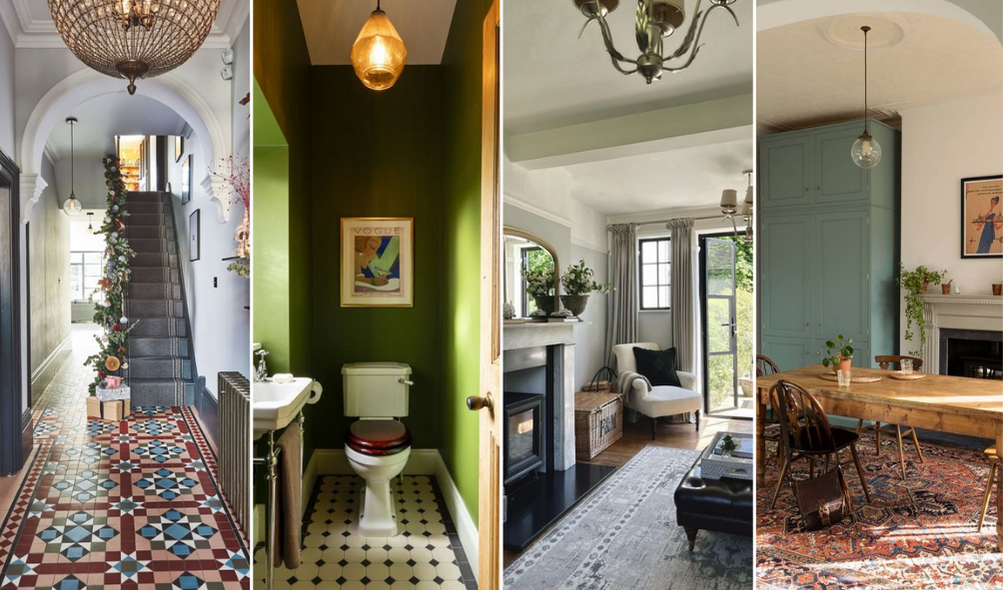
FAQ About Edwardian House Decor

How did Edwardian homes use decorative moldings and trim?
Decorative moldings and trim played a significant role in Edwardian homes, contributing to the overall elegance and architectural refinement of the interiors. The Edwardian era, from 1901 to 1910, marked a shift from the heavier ornamentation of the Victorian era to a more restrained and streamlined aesthetic.
- Picture Rails: Picture rails, positioned at about eye level and running horizontally along the walls, were a common feature. These rails served a dual purpose, allowing for the easy rearrangement of artworks and providing a decorative molding element.
- Crown Moldings: Crown moldings adorned the junction between the walls and ceilings. While less elaborate than their Victorian counterparts, Edwardian crown moldings added a touch of sophistication and framed the rooms.
- Dado Rails: Dado rails, positioned at waist or chair-rail height, were often used to break up the height of the walls. These rails served both a practical and decorative function, protecting the lower portion of the wall while adding visual interest.
- Paneling and Wainscoting: Raised or recessed paneling was used on walls, particularly in entryways, hallways, and formal rooms. Wainscoting, covering the lower portion of the wall, added architectural detailing and protection.
- Window and Door Casings: Elaborate casings surrounded windows and doors, contributing to the overall symmetry and refinement of the rooms. The detailing might include beading, fluting, or other subtle ornamentation.
- Baseboards: Baseboards, running along the bottom of walls, were often simple and understated. They provided a clean finish to the walls and served as a transition between the walls and flooring.
- Chair Rails: In addition to dado rails, chair rails were sometimes used independently to add a decorative element and break up wall space. These were positioned at a height suitable for protecting walls from chair backs.
